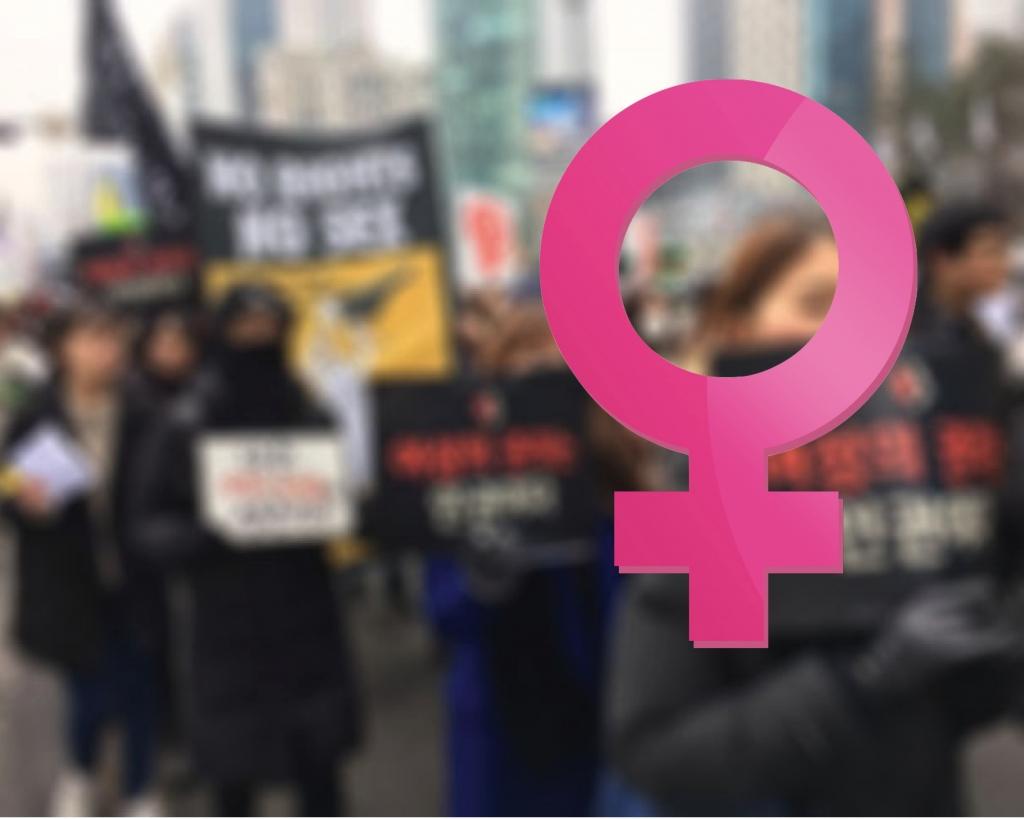On Jan. 21, a crowd of nearly 1,000 people marched through the streets of Gangnam to protest against various injustices in the world. Emulating the protests that occurred in the United States regarding Donald Trump’s presidency, hundreds of men and women joined the the global grassroots campaign to raise awareness for the issue of women’s rights. Though the protest in Gangnam originally started off as a cry against the new US president, it changed course to raise awareness about domestic issues regarding women’s rights, including the government’s ban on abortion. Among the crowd were various teachers and students from SIS, raising their voices along with the other protesters.
According to Jessica Terbrueggen, SIS English teacher, the peaceful protest showed individuals like her two daughters, Jessica (10) and Dharma Langham (12), the collective voice of the world. Ms. Terbreuggen wanted to be a part of the global movement, which is why she, as well as other individuals, attended the march. The globalization of the protests were apparent in that the march took place not only in Washington D.C., but across the globe as well, in places as small as Nairobi.
Though the protests in Gangnam were essentially dealing with a sensitive and controversial issue, the protesters were adamant about promoting a positive and constructive atmosphere. Smiles and joy seemed to be the prevailing emotions at the march, as both foreigners and Koreans walked in unison through the streets of Gangnam.
“The atmosphere was pretty joyful,” Ms. Terbrueggen said. “There was something comforting and nice about coming together with a group of people that are likeminded—that share in your ideals, that share in your vision for what the world could be, and the progress we could and should make. The protest was especially heartwarming because the people that participated crossed over numerous cultural divides. It was a powerful thing to recognize that we all share in this more positive, more peaceful, more equal vision of the world.”
While some protests in US turned violent, the marches in Gangnam were peaceful and disciplined. Though this stark contrast was apparent in the media, all protests seemed to be effective in their own way. According to Ms. Terbrueggen the protests were successful in that they showed people the power in having your voice heard. With both Koreans and foreigners in the crowds, it was apparent that the issue of women’s rights spanned over multiple cultures.
“When I went to the protests, there was a big sense of unity,” said Diane Lee (11). “I saw a lot of foreigners there, as well as Koreans, and it was really interesting to interact with them. The fact that so many people from so many different places showed up was really inspiring. It showed me that the world can really unite to form one voice. I hope these protests can be inspiring to many other people, and wish that they create change to make a better world for all.”

